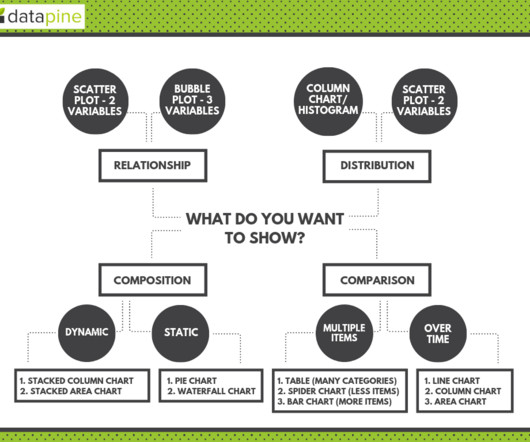6 Case Studies on The Benefits of Business Intelligence And Analytics
datapine
JANUARY 31, 2022
BI users analyze and present data in the form of dashboards and various types of reports to visualize complex information in an easier, more approachable way. 6) Smart and faster reporting. Lieferando is a European online food-ordering service that was acquired by Just Eat Take Away in 2014.














Let's personalize your content